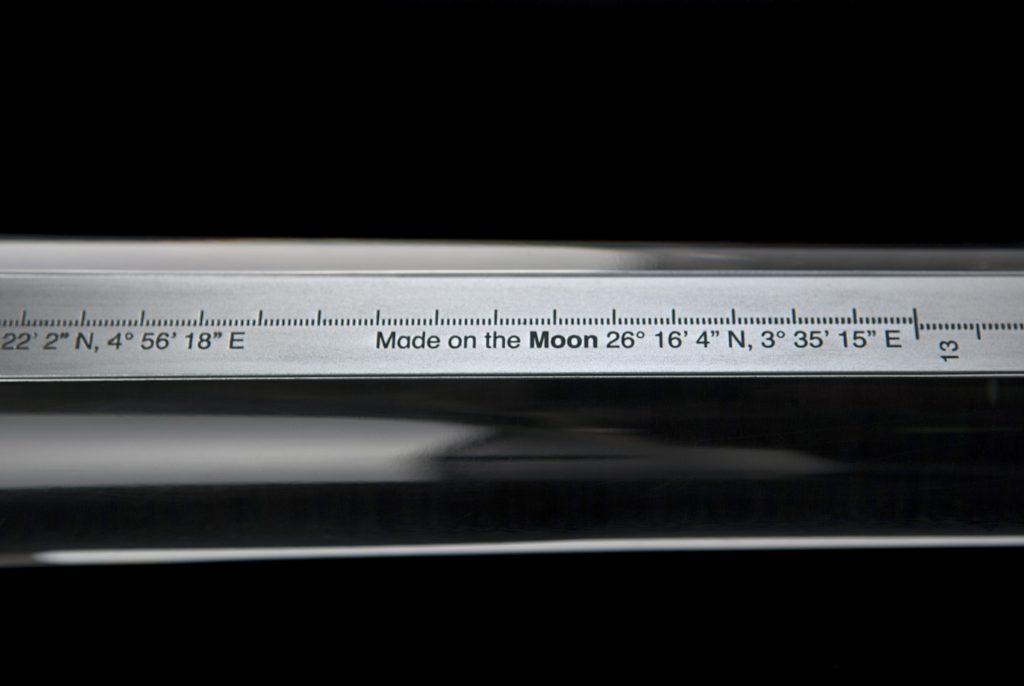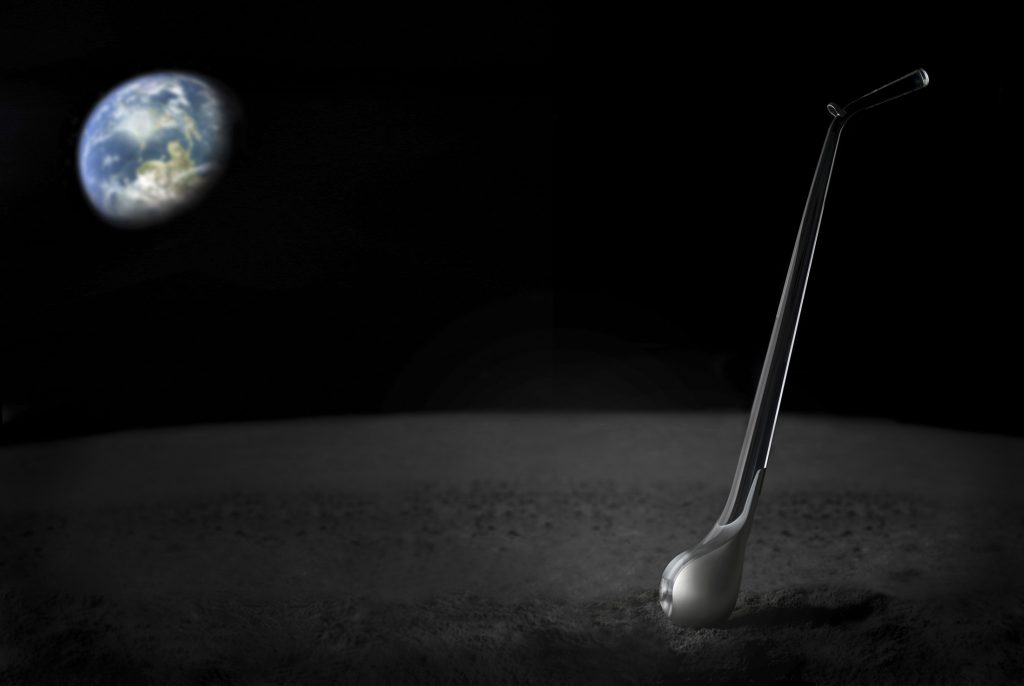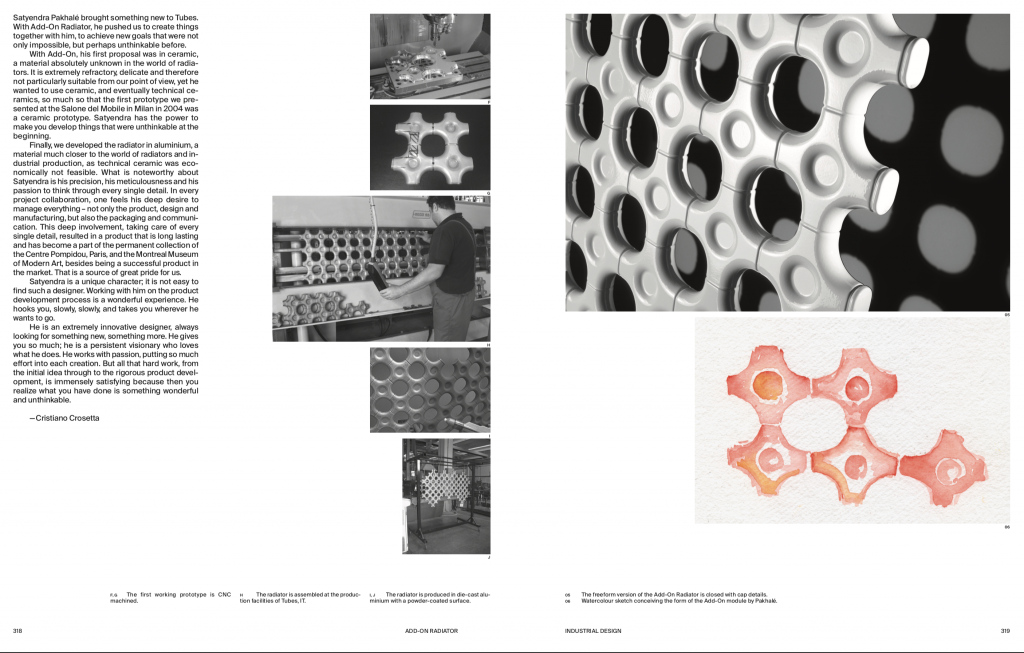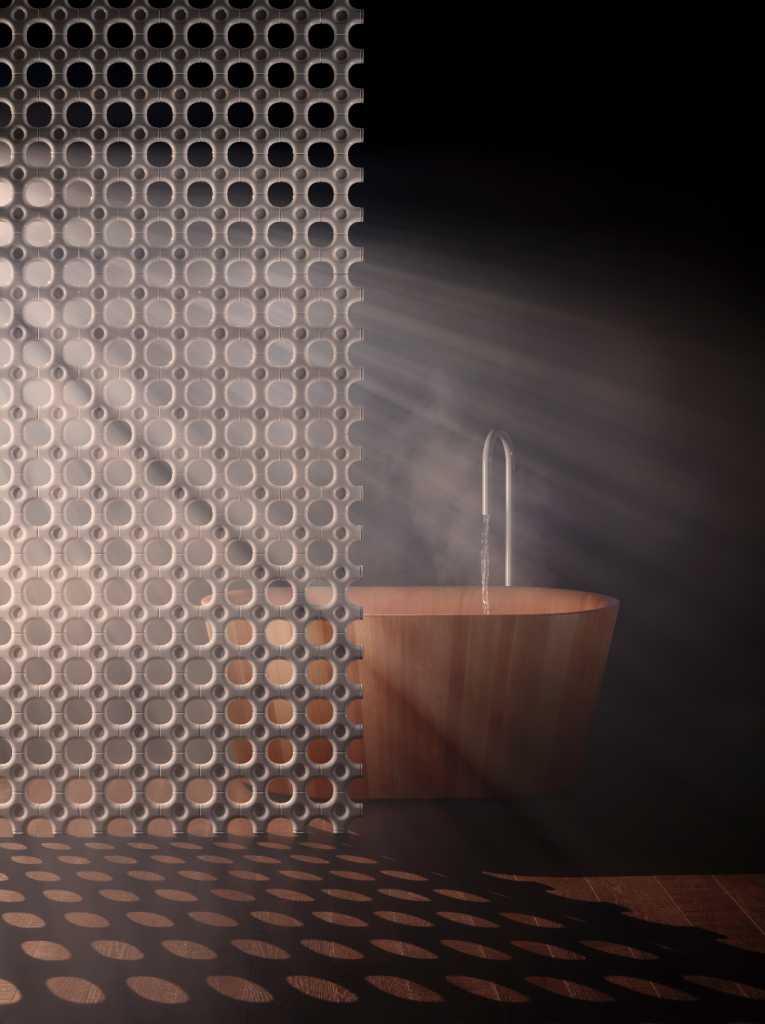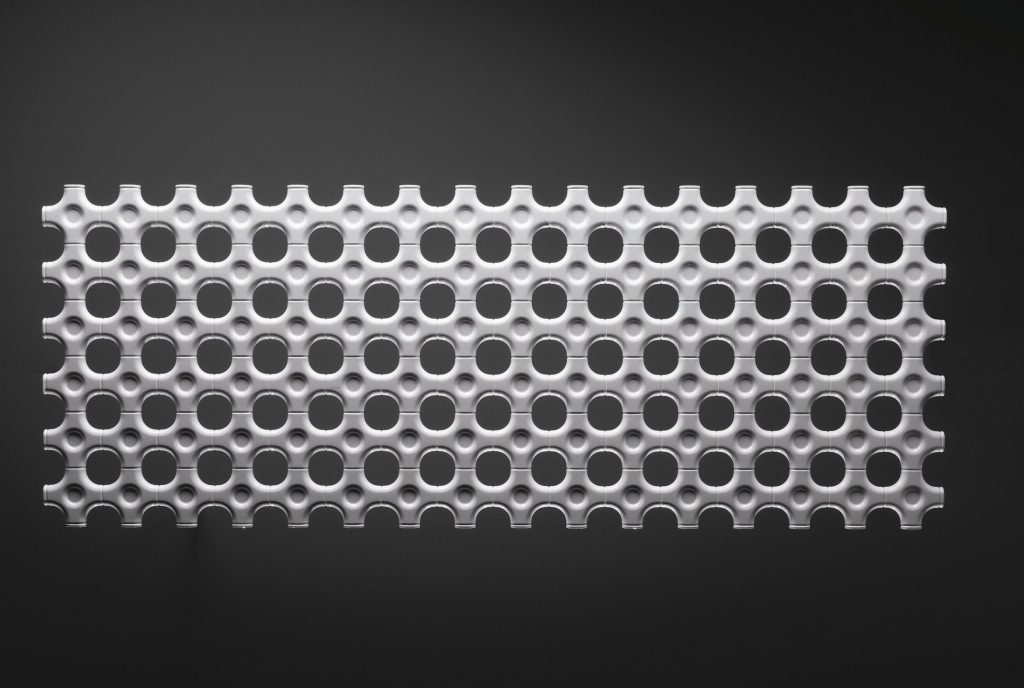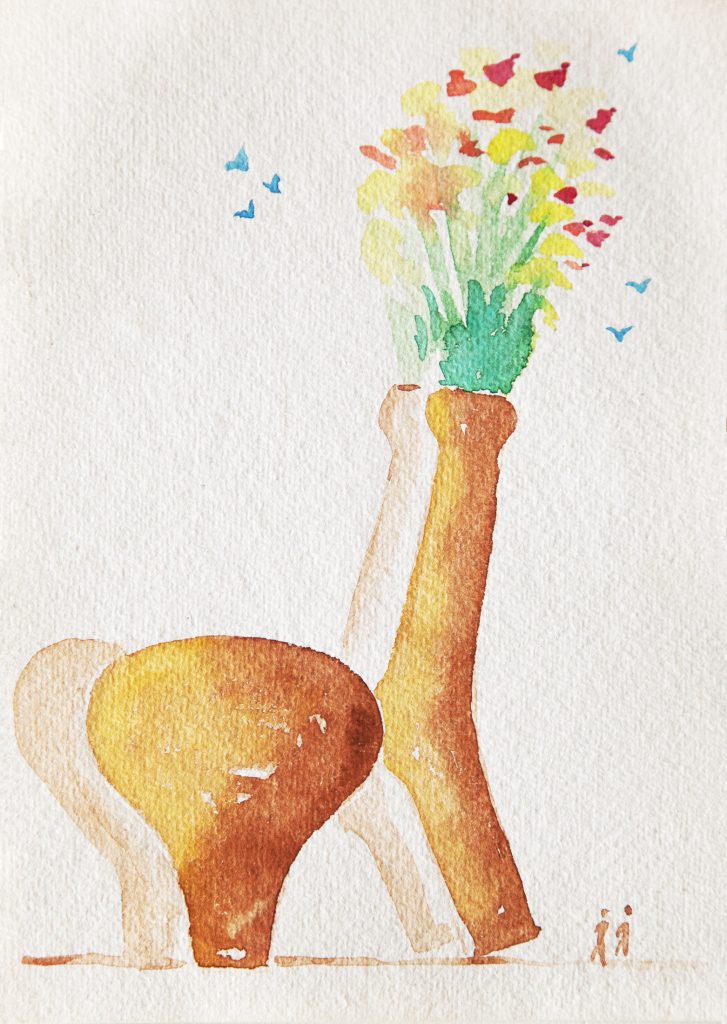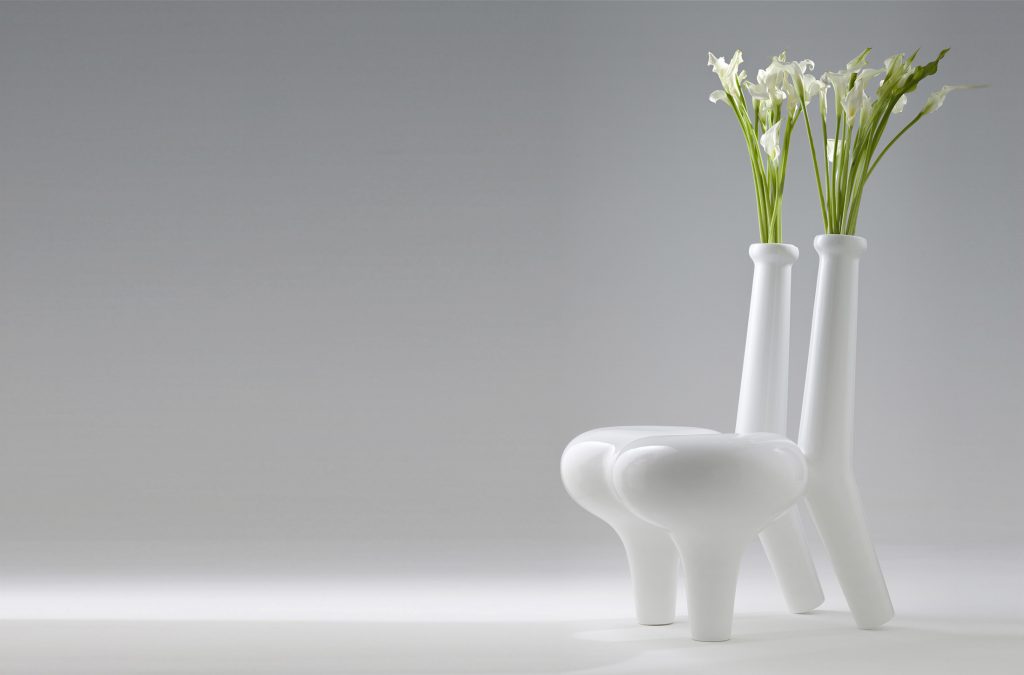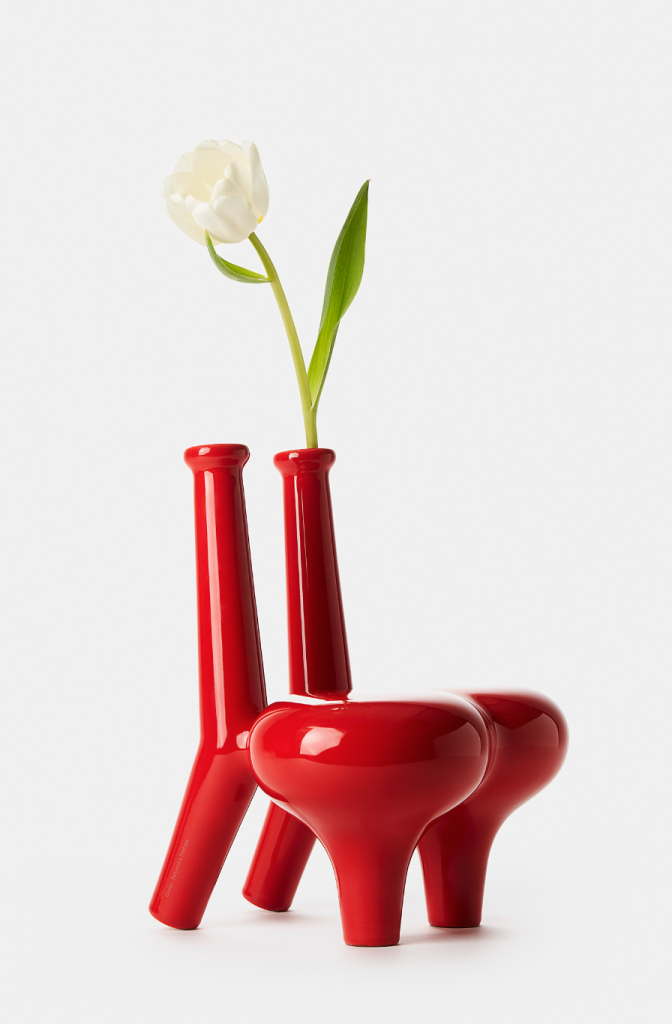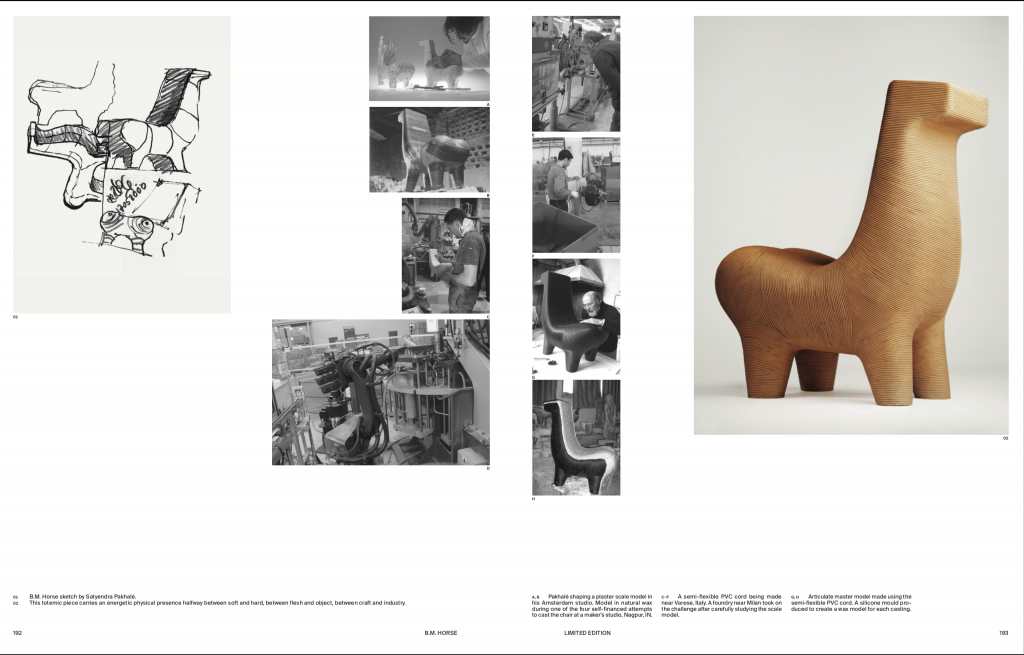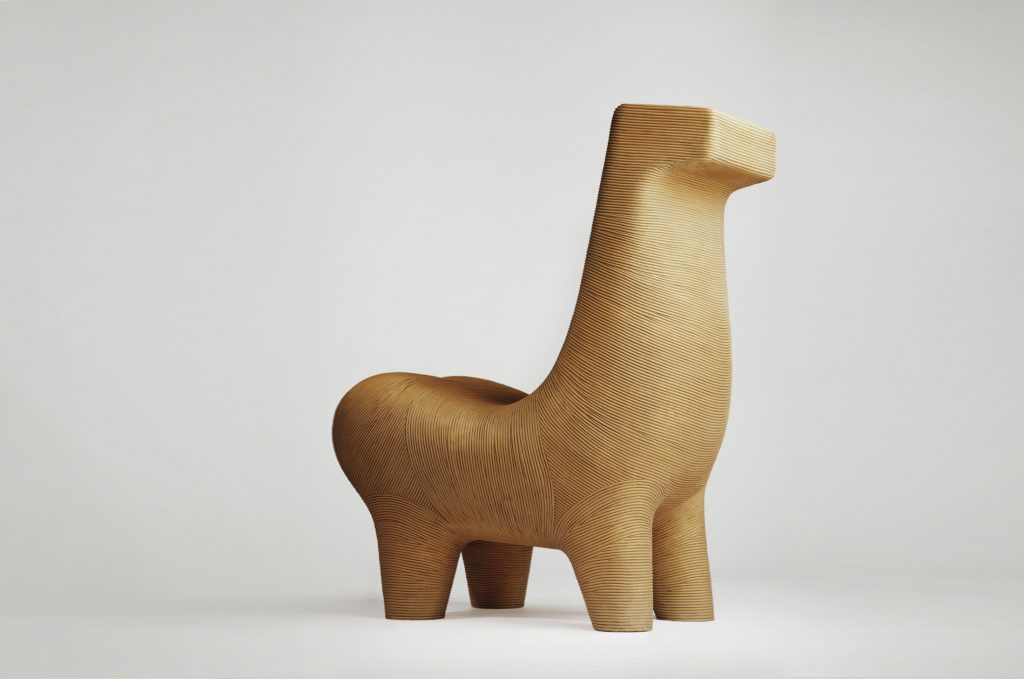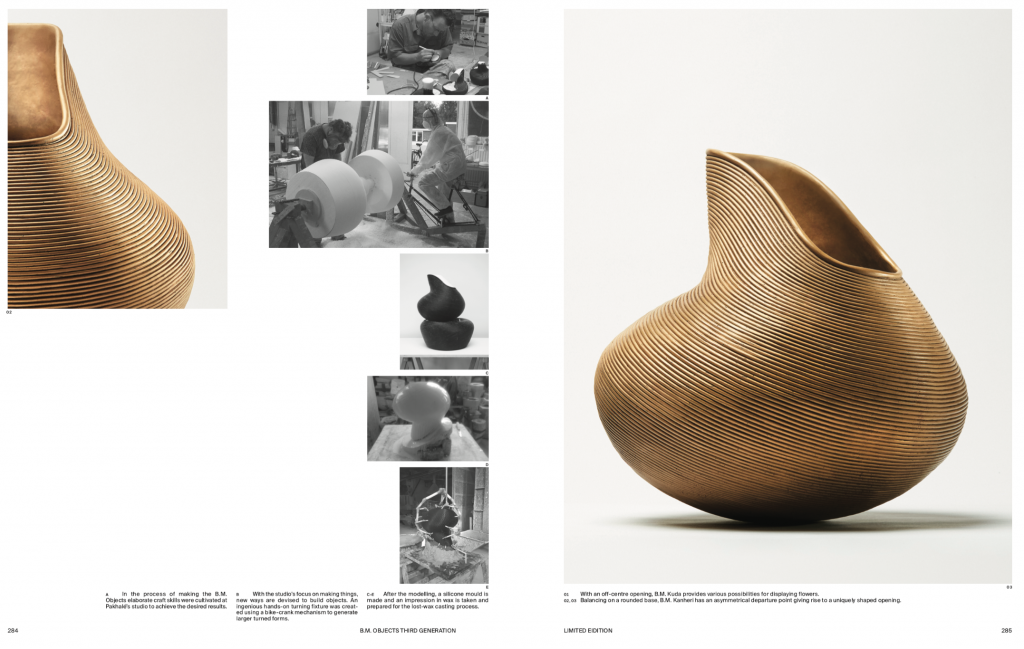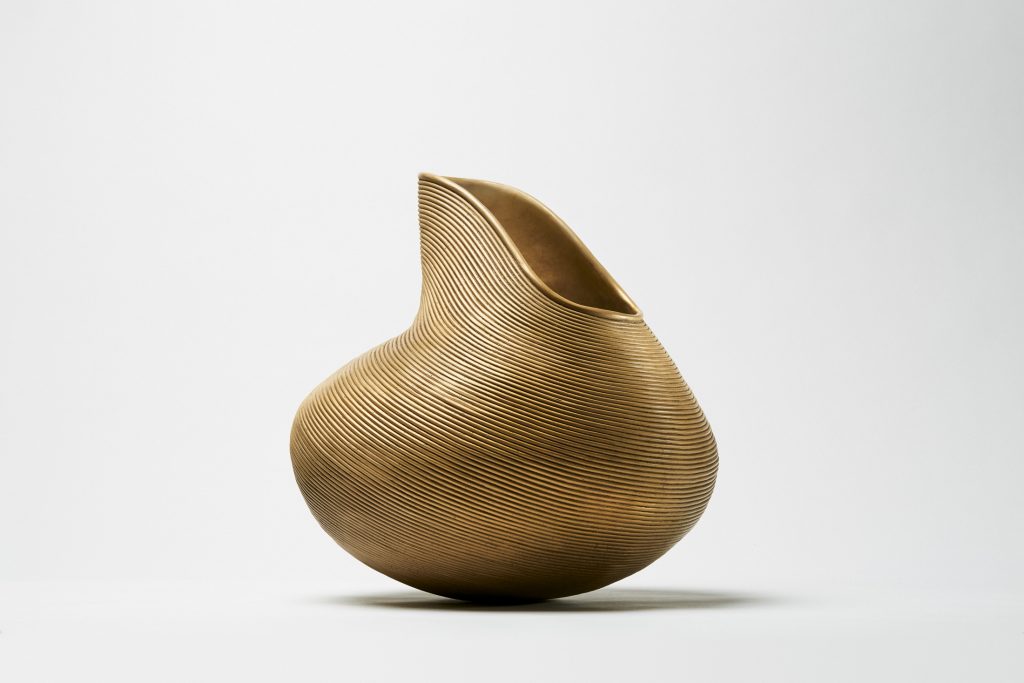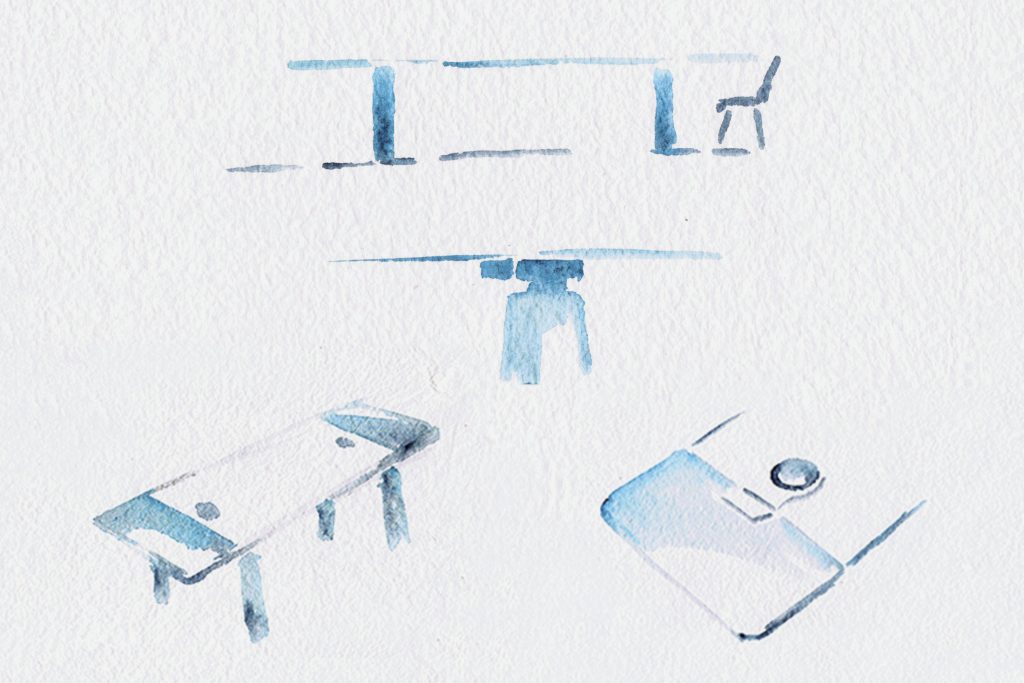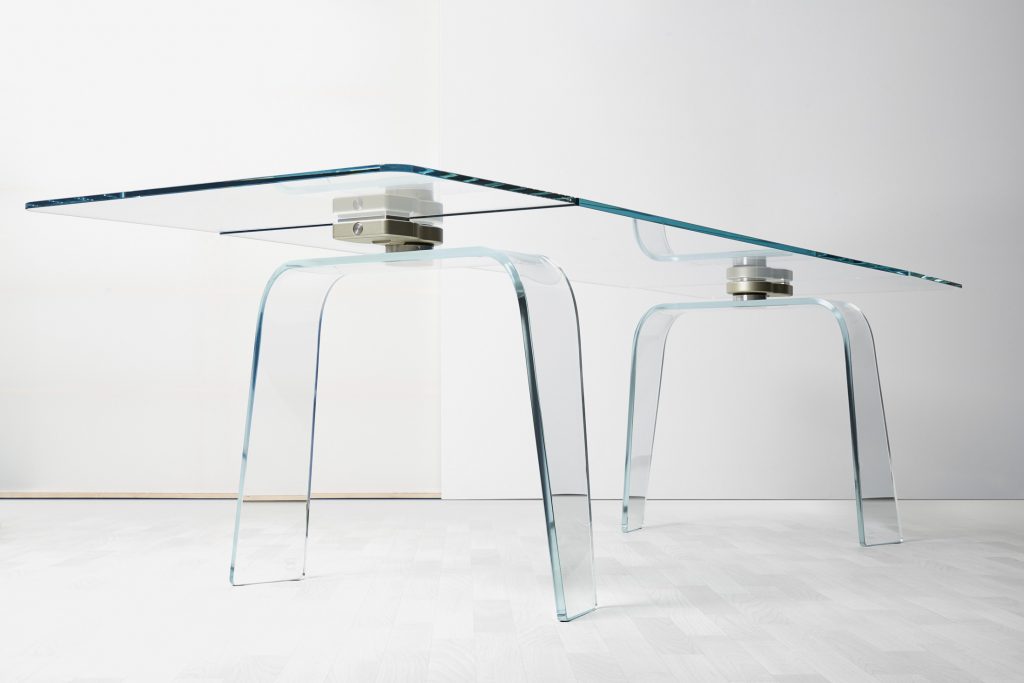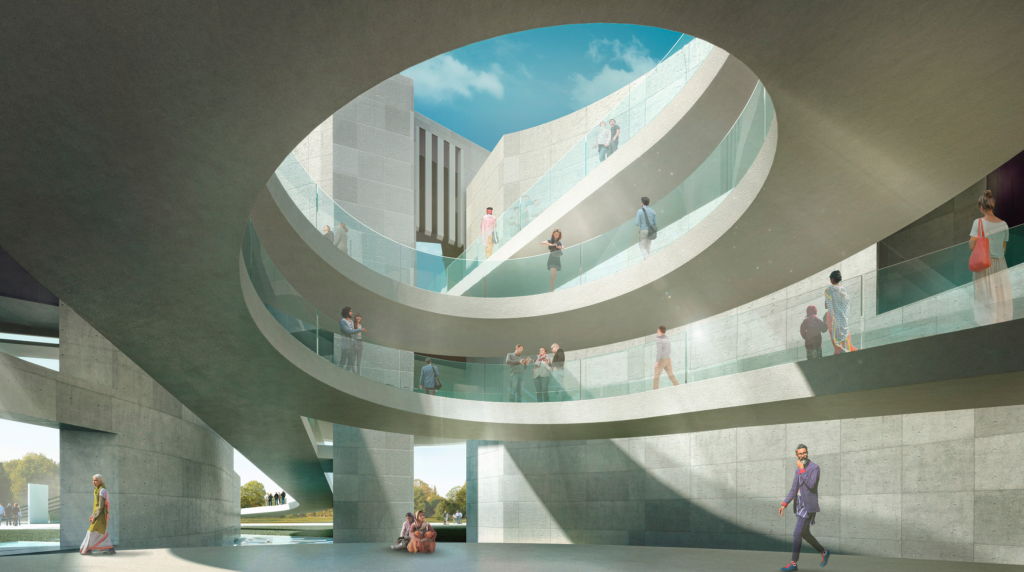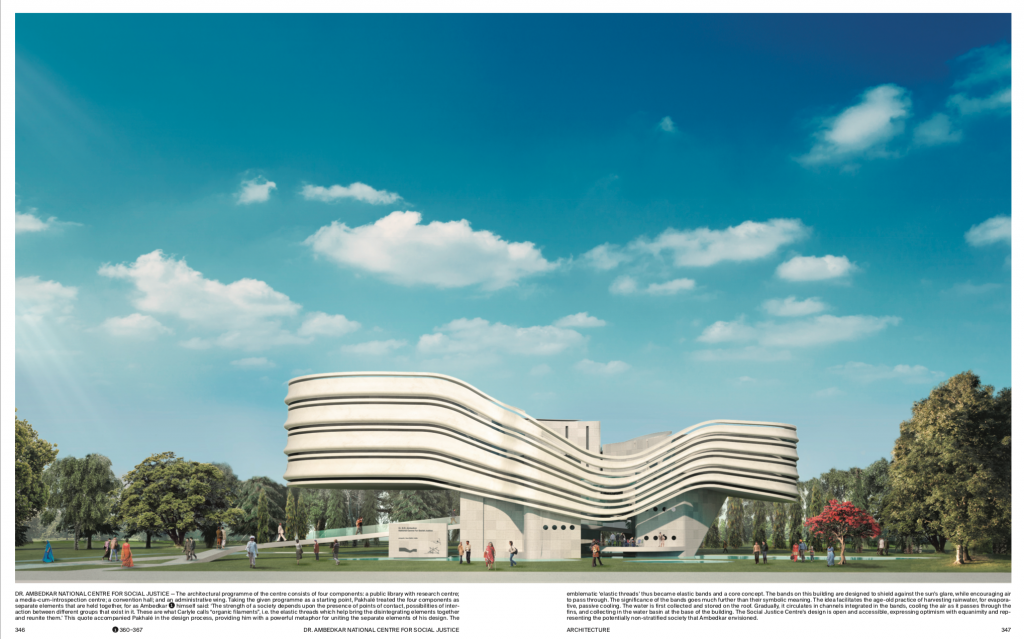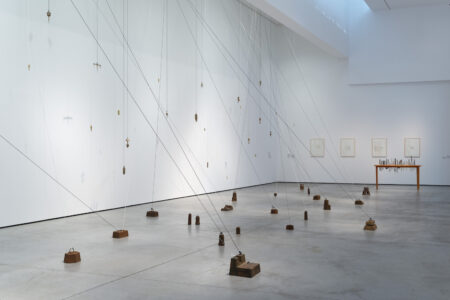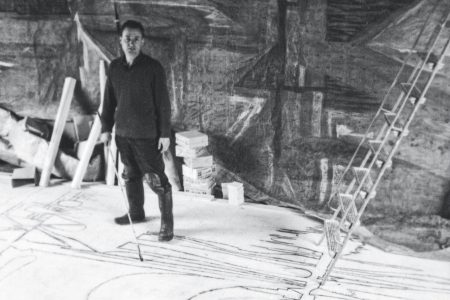Satyendra Pakhalé: Culture of Creation
TLmag talks to award-winning designer Satyendra Pakhalé about his multifaceted design philosophy and practice, and how it’s illustrated throughout his first comprehensive monograph ‘Culture Of Creation’ — which will be published in Autumn 2019 through nai010 publishers.
In 1969, an American astronaut by the name of Neil Armstrong became the first person to set foot on the moon. The following words – ‘One step for man, one giant leap for mankind’ – echoed through the homes of over 530 million television sets worldwide, setting forth a bright, optimistic tone and promise for the future ahead of them. Now, on the fiftieth-anniversary celebration of this achievement of human innovation, it’s difficult to imagine this same positive mindset when it comes to our present and the future of our planet. Optimism is hard to come by, and even harder to achieve on one’s own, yet, award-winning designer Satyendra Pakhalé remains to consider the design profession ‘an expression of true human optimism’.
Born in India in 1967, Pakhalé studied in his place of birth and Switzerland – and has been working internationally from his studio in Amsterdam for the past two decades. His design work is an act of unity going beyond such binaries as high- and low-tech, industrial production and traditional crafts, functionality and poetic significance. With an innate ability to reflect and respond to contemporary discourses, Pakhalé creates designs that range from a basic (yet essential) desk mat for writing and drawing made from injection moulded plastic to a Microgravity object called the ‘moonwākā‘, an object that “assists eye-hand coordination in micro-gravity and evokes a sense of security in first time moon travellers”. Looking at these various works, it becomes clear that the designer has cultivated a unique design process over the last 20 years. Focusing on what he refers to as the ‘culture of creation’, the designer creates both mass-produced industrial products, public architecture and experimental one-offs, intending to return the ‘sensorial’ qualities to his designs; qualities that are often lost due to excessive industrialisation and over-consumption.
This year marks the finalisation of a project that has taken a two-and-a-half years worth of thoughts and ideas, as Pakhalé will finally be releasing his first comprehensive monograph with Dutch publishers nai010. Aptly titled ‘Culture of Creations‘, this 448-page publication features critical essays by leading design thinkers and practitioners, in both in and outside of the ‘design world’ such as architect and architectural-design thinker Juhani Pallasmaa; Paola Antonelli (Sr., curator MoMA); René Spitz (scholar on HfG Ulm); Aric Chen (curator at large of M+ Museum); Jacques Barsac (director of the Fondation Charlotte Perriand); Ingeborg de Roode (Industrial design curator Stedelijk Museum); Tiziana Proietti (architect and professor, University of Oklahoma)and Stefano Marzano (former CEO Philips Design). Their personal essays illustrate the designer’s world view and intellectual position, and the theoretical heritage underpinning the cultivation of a ‘culture of creation’, while contributions from leading industry and cultural figures, such as Alberto Alessi, Gabrielle Ammann, Giulio Cappellini, Cristiano Crosetta and Vittorio Livi portray him at work. With his studio library, which seems filled to the brim with publications and rare books acquired over the years as our conversational background, TLmag sat down with the multifaceted designer to talk about why optimism is necessary for innovation, the use of the word ‘culture’ to describe his practice and what he set out to achieve in this first comprehensive monograph.
TLmag: Let’s begin with the heaviest question, shall we? How do you feel design influences the culture and politics it inhabits, and vice versa?
Satyendra Pakhalé (SP): I have always seen the world as one place, I don’t know the world as a divided place. We as a humanity are innately related — and unfortunately, the current politics don’t reflect on that. If one takes a glance at our world’s history, it becomes evident that it has hardly ever been told with an unbiased mind. Every town, city, country or even continent has made up their stories, stories that are not necessarily entirely accurate. Just think of the colonial histories that have taken place around the globe: ‘Intellectual honesty’ is often missing, and this is very evident in the current historical discourse in India. This has been a condition that shapes the minds of many people around the world. Looking at the present, I recognise that the current polarised mindset can be seen as a result of, or rather a direct effect, of our mindless acceptance of these histories, as well as our similar use of technologies that govern our lives. The ways and manner in which we are fed with selective targeted information by any given search engine, at any time of day, limits the way we approach things, and our possibilities. It’s obvious that the mindset that is ever-present in our society at the moment is one that is very much manufactured – one that polarises, fragments and divides any given society. It deems somebody good or bad, some things more important and others less important.
Apply that discourse to design, the notion of calling something high-tech or low-tech – is the same, and I have trouble with that. The moment you name something high-tech or low-tech, you’re polarising again: suddenly, depending on the context, either low-tech or high-tech can be perceived as more significant than the other. I often say that we need both a smartphone a well as a hammer; they are both appropriate and necessary. What I feel also is the concern for ‘genuine plurality’ is missing in all walks of lives and not only in the design field. I don’t mean ‘representational plurality’, what most people in the tech world started speaking about lately since last year or two – even though we do also need representational plurality; as we don’t have enough women in architecture, design and in the tech world. But what we ought to understand is that ‘true plurality’ could lead to incredible innovations that we need to solve our pressing problems concerning ecology and more. We need as many diversities, as many different points of views and distinct approaches that can only help us resolve the current intricately interdependent pressing issues that we have created around the world. This way of thinking, unfortunately, does not reflect in our contemporary global politics. Instead, what we see is a manufactured perception of fear, one in which we perceive our future to be bleak. This is the exact opposite of what one needs to be innovative or to create. I think what we lack, in many parts of the world, is ‘social modernity’. It is one of the topics that is discussed in the monograph as well. If you’re not optimistic, you cannot create – because optimism is the condition, which can face the adversities and odds during any process of creation. An optimistic mindset is the primary mindset for any creative journey that matters.
TLmag: What do you perceive to be an optimistic mindset?
SP: To me, being optimistic means not getting too carried away with or distracted by the large amount of non-sensical discourse around us. What we need is deep curiosity, critical thinking, a non-conformist mindset, and trusting only in the direct knowledge which is grounded in our experiential reality – avoiding ‘blind faith’ and belief spawned from specious reasoning. In our times, we ought to encourage free enquiry; the spirit that is exempt from fanaticism, bigotry, dogmatism, and intolerance. With this in mind, we can engage with the age-old field of creation and the story of human making in a fresh way.
One needs to find one’s roots: each of us needs to dig deeper, question and understand the world in our own unique way. Once you find your own innate understanding of the world, which leads to your own ideas and vision, optimism becomes the only plausible mindset. The monograph covers several topics in which our thinking is rooted in such as ‘design in technology and craftsmanship’. Stefano Marzano [with who Pakhalé collaborated with on the Pangéa concept car during his tenure as CEO of Philips Design] beautifully speaks about this topic in his essay ‘Beyond Pangéa‘ notes that “the future is made by the people who take responsibility for today”. In other words: you make the future; the future doesn’t just happen. You can take responsibility to make it happen, and that’s something that reflects in our studio practice.
TLmag: The title of your monograph is ‘Culture of Creations’, and I feel like the use of that word ‘culture’ – is quite an important one for you and your practice. Could you elaborate on this?
SP: Nothing is static or fixed: that is why we are alive. In that sense, culture is always dynamic. It’s forever plural, changing and evolving anywhere in the world at any time in history. The notion of a ‘culture of creation‘ refers to the primal and innate impulse behind human making. It engages with the very roots of the human necessity to create, to design, to make, to build and bring something into reality.
The ‘culture of creation’ is the thinking and the research that inspires our everyday studio activity. Dismantling and stripping away any pompous meaning it may evoke in the minds of the readers, it refers back to the understanding of human making as a necessary component for living. It aims at exploring why we, as human beings, do what we do and how those created things nurture our sensorial and social nature. Being idealistic and aspirational, ‘culture of creation’ is cultivated as a studio practice, as a way of thinking and approaching the design culture not aimlessly following the commercial consumerism and the demands of the market but by investigating the root of creation. In that sense, for me, design is a cultural act.
TLmag: Could you elaborate on that?
SP: I believe, every created object embodies an act of making: a refined process representative of humanity’s ability to work with materials and tools in order to build their own environment – as well as all the activated senses, including the mind, in action at the stage of creation. Design is indeed a cultural act in the sense of creation, in the understanding of how it affects the society, the behaviour of the people and everything around it. It is primarily a cultural act, not a technical, industrial act or commercial act. The moment you have that understanding, you understand that everything you do has that impact or the possibility to create that kind of effect on people – and you know the responsibility that comes with that. Design is not just about making something ‘cool’: it is a responsibility.
TLmag: You belong to one of the first generations of designers who worked with 3D technologies like 3D Printing. Could you talk us through what that was like?
SP: When 3D-computing came out, people went crazy for it. It was as if no material or process came before that. It didn’t surprise me, because we see that with every technological advancement – look at how people treated the smartphone when it first came out. The whole discourse amongst designers and curators back then, which was just a few years ago, was that the world would be entirely 3D printed by now. That would also be a disaster! The chemicals and composites that are used for 3D printing are incredibly primitive right now; they’re basic polymers that break easily and pollute a tonne. Still, people were talking about this technology as though everybody would have a 3D printer in their backyard. What we try to do in our studio is to be critical of technology: not to reject it, but not to simply accept it because it is there. In that criticality, we noticed like any given technology or a tool like 3D printing will have its limitation. Unless it evolves further coupled with ‘virtual reality’ visualisation and direct tactile feedback, it remains fairly limited today.
Having said that, we do use the 3D technologies, CAD, scanning, printing and more in our studio’s practice — but we use it with a deep awareness of its limitations. Making quick sketch models in the studio by hand is not replaced by the 3D technologies. The process of making an object is as important as the final product: during the design process, we are physically prototyping, building models, studying it, leaving it in the studio for a while to experience and use it. These are all vital parts of a very non-linear process. These are things that give us sensorial feedback, that tell us whether an idea is working or not. As much as we experiment with making things through 3D modelling, mathematical modelling and fast prototyping. The experiential quality of the physical object is crucial to us — and that’s also something that you see in the monograph. You don’t just see a screenshot of the computer that the product was made on; you also see sketches, notes, photographs of the different versions of prototypes. All in all, what you see is us checking and testing the physicality of our work. Through the ‘documentary layer’ that runs through the spine of the book, we aim to show how we deploy various approaches and our continuous and simultaneous use of diverse technologies and materials during the design process.
TLmag: The book features 12 in-depth essays by several prominent figures in and outside of the design world. How did these topics and texts come about?
SP: Any design monograph is necessarily visual, and ours is no exception. Yet it is also much more than that. This being our first comprehensive monograph, we needed to cover topics that I’m personally curious about. Over the years, intellectual curiosity has been a constant feature of our design practice. What became clear as we continued this project, it became apparent which topics these would be, such as the culture of making, poetic analogy, perception, sensorial design, atmosphere, social modernity, secular humanism, craftsmanship, technology and more, in which our thinking and our work are rooted. Besides our own research, I have been in dialogue with professionals from various fields, including poets, writers, scientists, curators, academics, fellow designers and architects. All the people who have contributed to the book I have known for a while and the texts are often a result of various conversations spanning several years. This becomes incredibly clear in the monograph because each of the essays comes from a personal point of view and are based on personal interviews and relationships.
The monograph structure consists of three overlapping layers, namely a project layer, a documentary layer – which illustrates the studio practice — and a research layer. The essays are interwoven with the project layer and documentary layer that give an insight into our studio practice, and with accounts from our industrial partners such as Alberto Alessi, Giulio Cappellini, Cristiano Crosetta, and Vittorio Livi. Meanwhile, the project layer zooms in on specific processes and approaches, which we call ‘project clusters’, and are presented in the monograph within a dense graphical layout.
TLmag: Seeing as this is the first comprehensive monograph of your oeuvre, did you find yourself learning new or different things about yourself or your practice through the words of others?
SP: That’s quite a reflective process, and it will take some time for me to give a proper answer to that. All I can say is that it’s been a long process and a very rigorous activity – as design always is. Right now, all I can say is that I’m glad and humbled. It’s humbling to see that so many people, who have been in their line of work for so long – and are critical about the world and design – understand what I’m after in my work. These are issues that are reassuring, and I guess that as I have more time to reflect on this complete publication that I can begin to learn more from it.
TLmag: What did you set out to achieve with ‘Culture of Creations’?
SP: In every project, the zeal is that we create something that will be of meaning to people across the world. In this project, the aim has been the same. Right from the beginning of this project our idea was to create a monograph that illustrates our worldview and curiosities. Leading readers through a wide range of design projects and studio activities that manifested our intellectual position was our primary objective. We didn’t just want to show our products and projects – as if it were a portfolio – but we wanted to engage with the readers by sharing our worldview, our concerns and the issues that are relevant and meaningful to us in our design practice. In the monograph, we created a discourse that will hopefully trigger a conversation on the topics and beyond.
For example, we wanted to talk about issues of perception, atmosphere in design and also ideas related to the notion of “long-lasting” and against “throw-away”-ism that differentiates from the rhetorical, stereotypical way that everybody always repeats into the abyss. We need to talk about the deeper issues, like sensoriality, perception, atmosphere above all poetic analogies in design. All these issues, such as overconsumption in our society, are matters related to our understanding of how we perceive the world, how we get influenced and how that shapes our mindset – each aspect trying to gain insight into the human condition. That is perhaps a few of the innate reasons for creating this monograph because starting a conversation about these relevant topics is a necessity in our time. The ideas and notions the contributing authors speaking about are ‘universal’, and we hope these ideas resonate with other people not only in ‘design world’ but also beyond the design profession, and trigger readers to get into the conversation on these diverse topics.
‘Culture of Creations‘ will be published by nai010 publishers on October 1st, 2019.
Facebook: Satyendra Pakhale
Twitter: @SatyenPakhale
Instagram: Satyendra_pakhale
LinkedIn: Satyendra Pakhalé Associates
